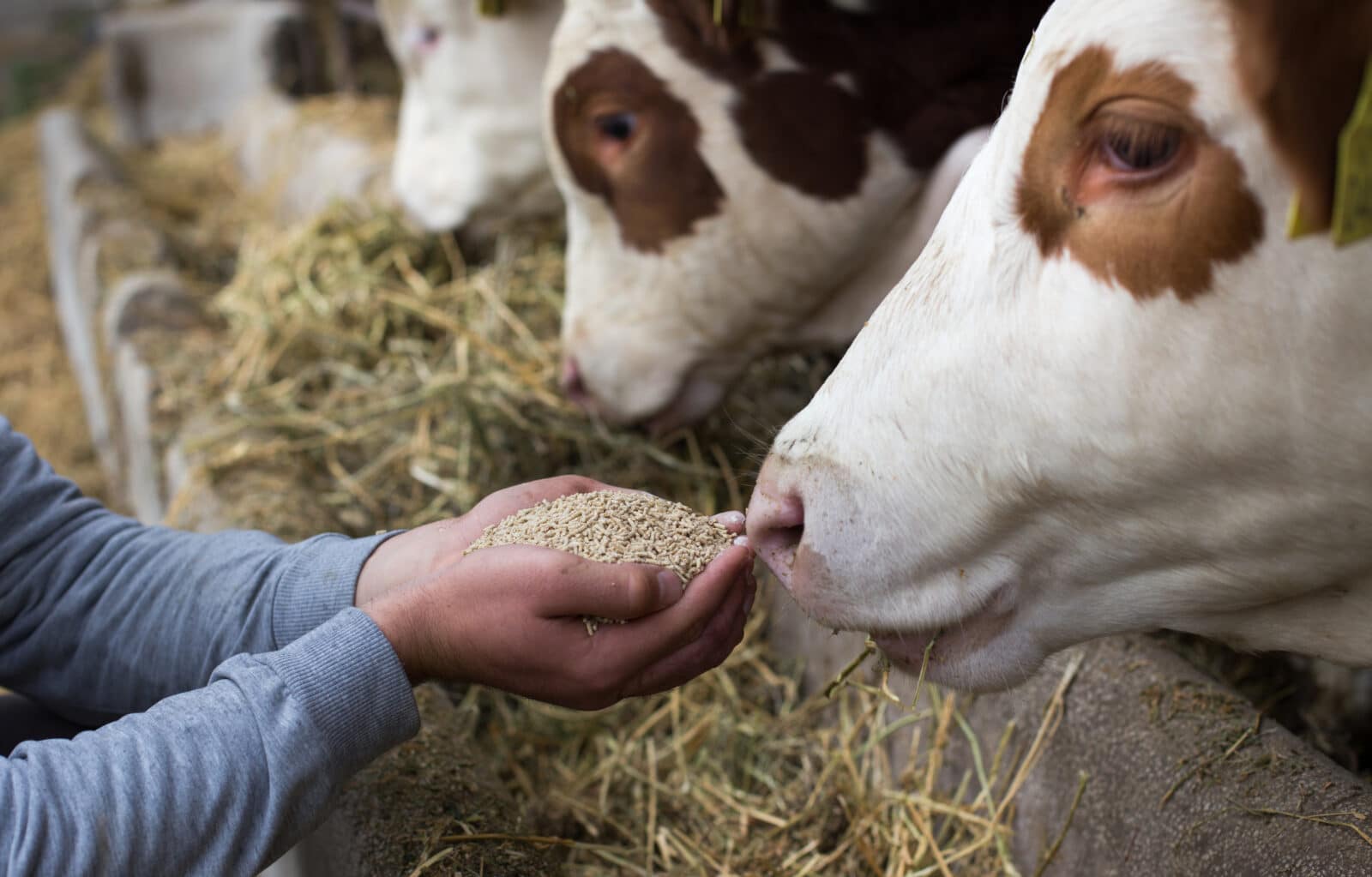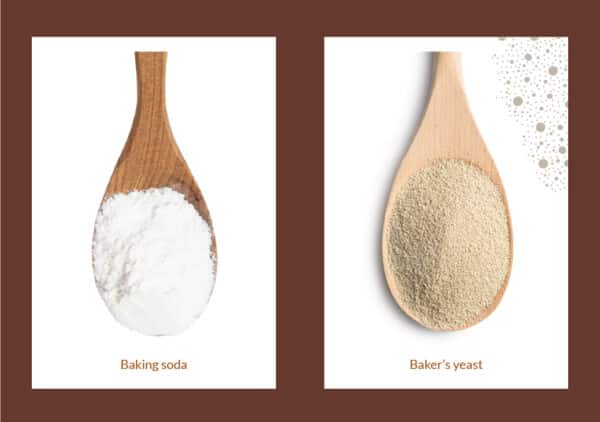Yeast use in agriculture
Yeast use in agriculture is widespread. Yeast, yeast derivatives, bacteria, and fungi, can all be used alone or in synergy to protect crops against major fungal diseases, serve as biostimulants to increase the yield, and add nutrients to the soil to help the crops grow and stay healthy.
Biocontrol products allow farmers to protect their crops by reducing the use of the chemical phytosanitary products of synthesis. Used alone or combined with other plant protection solutions, these techniques are based on natural mechanisms and interactions that govern interspecies relationships in their natural environment. Biocontrol is founded upon managing the equilibrium between populations of plant pests rather than on their eradication.
Another type of product used for agriculture made from yeast is biostimulants. Through the activation of different processes, biostimulation products may enhance crops’ quality and yield and reduce plants’ sensitivity to abiotic stress. These products help improve plant activity. These innovative solutions are characterized by the stimulation of biological processes within the plant.
Lastly, bionutrition products include microorganisms (yeast) or their derivatives whose objective is to optimize plant nutrition through 3 types of actions:
- stimulating soil microflora activity,
- increasing soil nutrients’ biodisponibility and thus their assimilation by the crop,
- conditioning the soil to provide the crop with the most favorable environment for its development.
Bionutrition products are usually directly applied to the soil through spraying or drip irrigation.
Biocontrol, biostimulants, and bionutrition solutions are all examples of yeast used in agriculture and they can serve as alternative solutions to chemicals, such as fertilizers, and pesticides.
Yeast used for animal care
Yeast as a probiotic for animals
In many ways, probiotics similarly made from yeast work on animals as they do on humans. However, they can have specific advantages when it comes to certain types of agricultural livestock.(1) With the increase in livestock production so has there become a rise in zoonotic diseases and other types of diseases. In the past antimicrobial drugs were used as feed additives to mitigate these challenges. However, experience has shown that this often leads to resistant pathogens. It is now much more common to try to take a holistic approach and ensure sufficient nutritional value to maintain healthy animals while trying to prevent infections ahead of time.
Yeast used for animal care in the form of probiotics is now known to be a natural means of achieving this goal and ensuring animal health and performance. Probiotics are living microorganisms that can confer health benefits on the animal by balancing its intestinal microbiota. In terms of yeast used for animal care, Saccharomyces cerevisiae is the most common yeast strain for animal probiotics.
Gut health and immunomodulation are thought to be essential elements leading to antibiotic-free farming practices. By reinforcing the commensal microflora, probiotics help to combat stress generated by pathogens, increase the bioavailability of nutrients and thus improve overall animal performance.
In some cases, scientists have also observed improvements in animal growth and an increase in milk, meat, and egg production.(2)
Yeast for cattle feed
Yeast use in animal care relating to cattle is quite common. Yeast cultures added to cattle feed provide a helpful microorganism that can break down cellulose in the first stomach of the cattle. Yeast in cattle feed helps dissipate excess oxygen in the cattle’s stomach. The removal of oxygen can lead to a variety of positive effects on digestion which also benefit cattle productivity and health.
Live yeast added to cattle feed can help preserve dairy cow performance, rumen health during periods of heat stress, and feeding behavior. One of the difficulties of dairy farming is when cows are exposed to heat stress during humid and hot climates which can decrease the yields of milk. Live yeast by benefiting rumen health and feeding behavior can help mitigate these challenges.
Yeast Use in Poultry
Yeast use in poultry production is primarily utilized as a prebiotic or probiotic, which acts as a growth enhancer. Using yeast solutions may help enhance broiler chickens’ gut health, and improve digestion, meat yield, growth, and flock uniformity.
Yeast Use in Pork Farming
Brewer’s yeast is often used for supporting healthy pigs. Yeast in this use serves as an excellent source of high-quality digestive protein, and it includes cofactors and enzymes, which may improve the pig’s performance and health.
Yeast is the Sustainable Solution
The use of yeast-based solutions can participate in improving the impact on the environment and contribute to the good health of both humans and the planet. This makes yeast-based agricultural and animal care products one of the key solutions for the challenges ahead.




